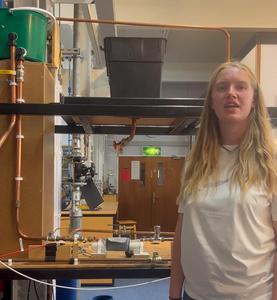Overview
- The University of Cambridge team published laboratory results in PNAS Nexus on August 12 demonstrating a fluid-mechanical mechanism behind systolic underestimation in auscultatory measurements.
- A novel experimental rig using lay-flat tubes and controlled downstream pressure revealed a strong negative correlation between downstream pressure and underestimation, with errors reaching up to 9–10 mmHg.
- Previous analyses indicate that even a modest underestimation of around 5 mmHg could result in roughly 30 percent of systolic hypertension cases being undiagnosed in clinical practice.
- Researchers have proposed low-tech fixes—including raising the arm before measurement, redesigning cuffs for uniform pressure, and patient-specific calibration adjustments—but these remain untested in clinical populations.
- The study authors are seeking funding and clinical partnerships to carry out trials that validate their proposed protocol changes and device modifications before updating practice guidelines.


